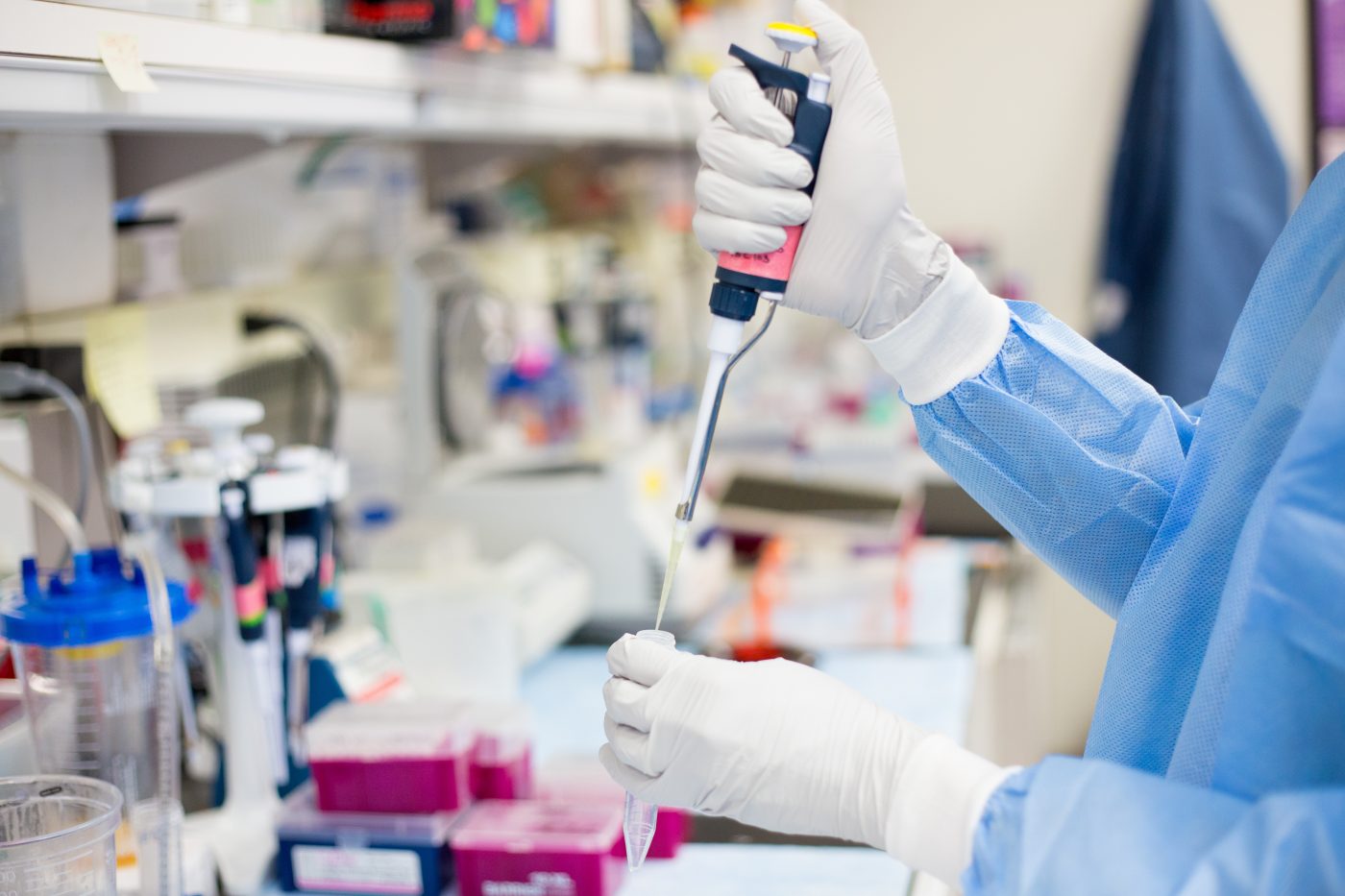Chinese Researchers Identify Six Lipids That Doctors May Be Able to Use as IPF Biomarkers
Written by |

Doctors may be able to use six energy-storing substances known as lipids to diagnose and track the progression of idiopathic pulmonary fibrosis, a Chinese study reports.
The research, “Identification of the lipid biomarkers from plasma in idiopathic pulmonary fibrosis by Lipidomics,” appeared in the journal BMC Pulmonary Medicine.
Lipids are fats, oils and waxes that are insoluble in water. A major component of cell membranes, they play an important role in a number of cell functions, including energy storage and signaling.
The conversion of lipids to energy is impaired in many diseases. They include Alzheimer’s, diabetes, hardening of the arteries, and respiratory disorders such as cystic fibrosis, asthma and chronic obstructive pulmonary disease.
Before the Chinese study, scientists had yet to develop a clear understanding of lipids’ role in IPF. Doing so would have helped them identify biomarkers for diagnosing the disease, tracking its progression, and determining patients’ outcomes.
The Chinese team decided to create a lipid profile for IPF patients. They combined two techniques to establish the lipid levels of 22 patients and 18 healthy controls — ultraperformance liquid chromatography and quadrupole time of flight mass spectrometry.
Their findings allowed them to divide the lipids into eight categories: fatty acid, glycerolipid, glycerophospholipid, sphingolipid, sterol lipid, prenol lipid, saccharolipid and polyketide.
The team determined that 62 of the 507 lipid molecules they identified were unique to IPF. The 62 included 24 glycerophoslipids, 30 glycerolipids, three sterol lipids, four sphingolipids, and one fatty acid.
Researchers then decided to see if any of the lipids could be used as biomarkers. Using statistical analysis, they found that 12 of the 62 had strong correlations with IPF.
The team also determined each of the 12 lipids’ sensitivity and specificity as biomarkers. Sensitivity is a test’s ability to identify those with the disease, while specificity is its ability to identify those without the disease. Six of the 12 lipids had high sensitivity and specificity scores.
Gender, smoking and age can affect the body’s ability to convert lipids to energy, so researchers also looked at whether they could diminish lipids’ potential as biomarkers. They discovered that they couldn’t.
In the end, the team concluded that six lipids — R7, R9, R13, R16, R17 and R21 — had the ability to be biomarkers because they were able to differentiate between IPF patients and controls.
“Our results provided vital information regarding lipid metabolism in IPF patients,” the team wrote. More importantly, the study was the first to identify potential biomarkers of the disease, they wrote.
Future studies are needed to validate the biomarkers’ ability to diagnose IPF, they said.






